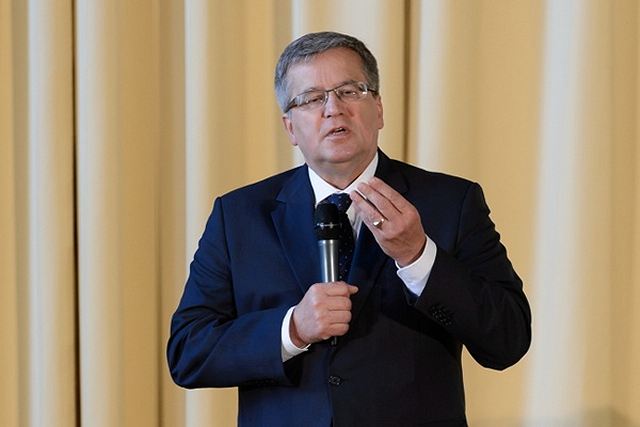“Poland
will be more secure and more credible as an ally and a key country in
our part of Europe, able to defend its own territory and able to help
others,” Mr Komorowski said during the ceremony in April.
At a time when most Nato military budgets are under severe strain because
of the economic crisis, Poland is undertaking a thorough modernisation
of its armed forces which is expected to cost 140bn zlotys ($44bn) over
the next decade. This has attracted interest from defence contractors
around the world.
“We are in the lead when it comes to the European Union,”
says Tomasz Siemoniak, the defence minister. “This is a programme
that is noticeable from abroad.”
Poland spends 1.95 per cent of gross domestic product on defence. Because
its economy has coped better with the financial crisis than most Nato
members, that means the total amount the country spends is rising steadily.
The programme also shifts emphasis from spending on personnel to upgrading
equipment. Until now Poland has spent about 16 per cent of its military
budget on tanks, rockets and guns but about a third will now be allocated
to military hardware.
That will mean something of a revolution for the military. About 60 per
cent of the Polish armed forces’ equipment dates back to Soviet
times, including MiG-29
and Su-22 fighters, as well as antiquated T-72
tanks. When the procurement programme is complete, about 70 to 80 per
cent of equipment will be modern.
The defence shopping list has 13 key programmes, the most expensive of
which is building a short-range missile defence system that will cost
anywhere from $5bn to $9bn, dwarfing the $3bn spent on acquiring US F-16
fighters – the previous record outlay for the Polish
military.
The system will protect Poland against missiles not caught by the US-led
missile defence system, which targets medium and long-range rockets. One
perceived threat is Russia’s Iskander tactical missile system, which
Moscow has threatened to deploy to its Kaliningrad region just north of
Poland in response to US missile defence plans.
Three consortiums are reportedly vying for the contract, one of them led
by France’s MBDA. Israel’s Rafael with its David’s Sling
system and the US
Patriot system built by Raytheon are its rivals. “So
far it looks as though the Israelis are in the lead,” says one senior
defence consultant.
Other big programmes include revamping the navy, which bought its last
new ship in 1985, and buying new helicopters, transport planes, unmanned
aerial “drones”, jet trainers, armoured personnel carriers
and modernised tanks.
|
















